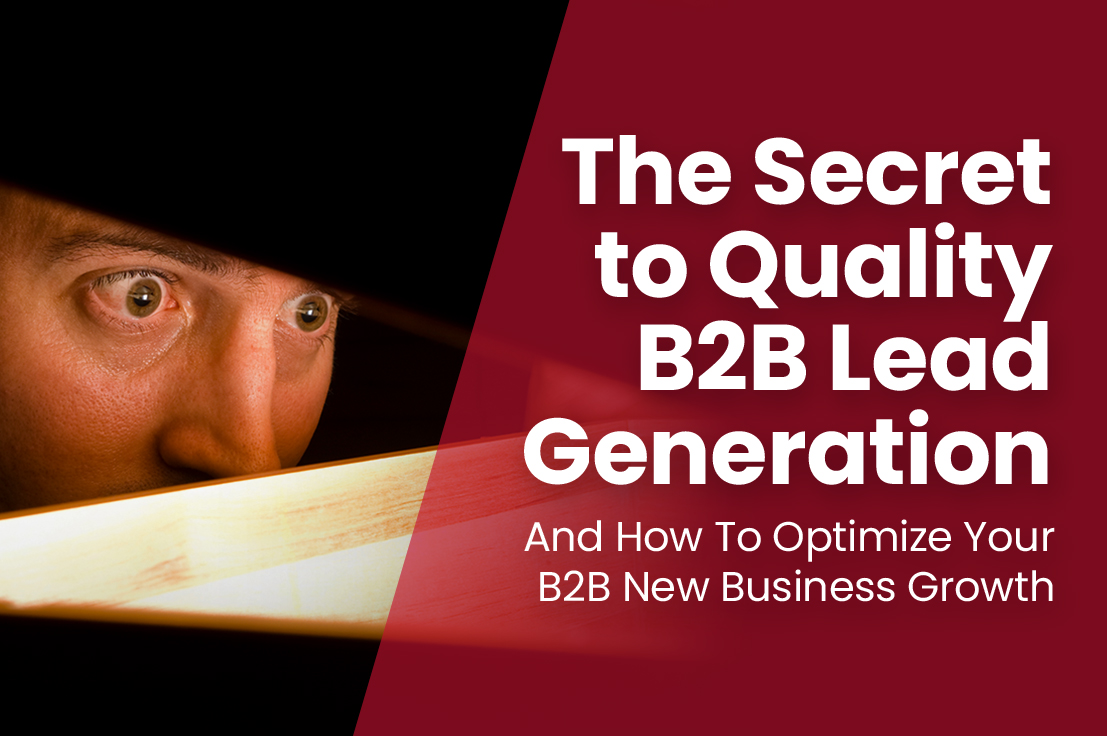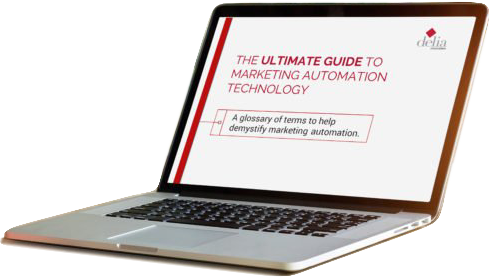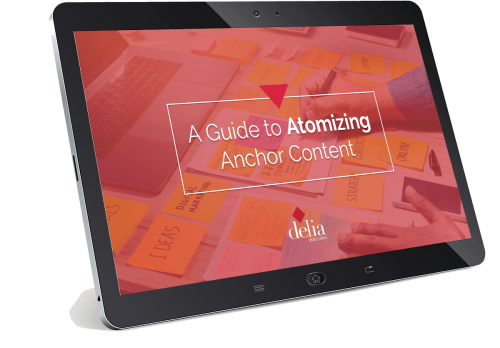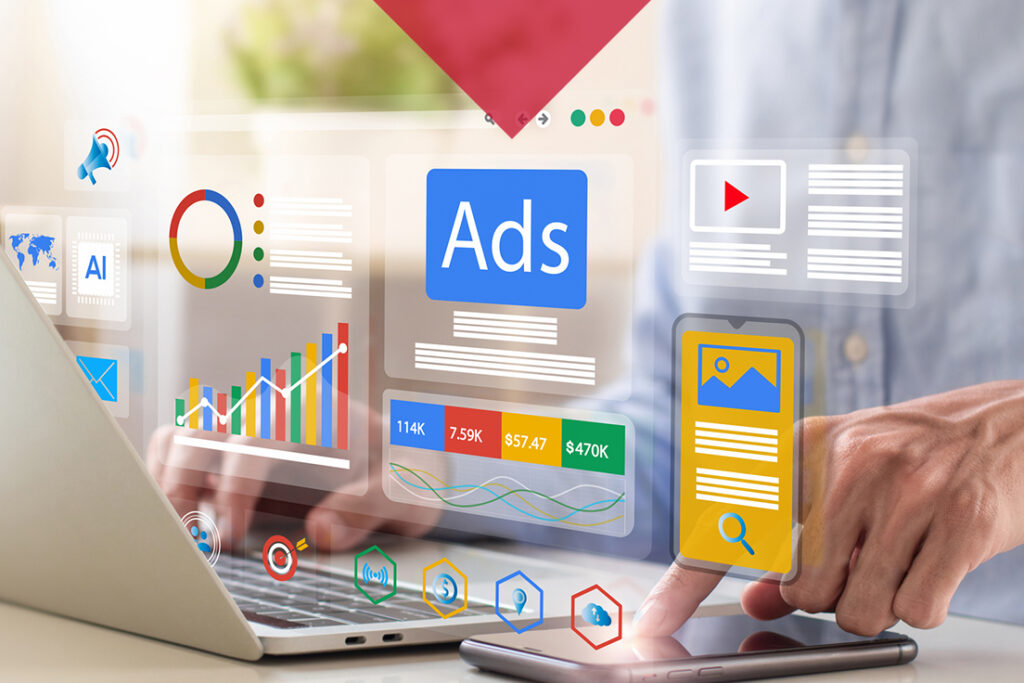While buyer personas have significant impact on your B2B sales growth and marketing efficiency, they’re not all created equal.
In the world of B2B sales, understanding buyer personas and the differences among them is crucial for driving growth and enhancing marketing efficiency.
Simply put, B2B buyer personas are perceptive representations of your ideal prospects. They’re based on market research and real-world data about current clients and include demographic and psychographic profiles. These personas help you formulates marketing strategies more effectively. The goal: Quality lead generation and higher conversion rates.
Buyer personas provide valuable insights into the needs, pain points, and behaviors of target customers. According to HubSpot, companies that use buyer personas can increase conversions by more than seventy percent. By aligning content and messaging to specific personas, businesses can deliver more personalized experiences, leading to more quality leads, an increase in engagement, and greater customer loyalty. A persona-targeted approach can lead to a significant boost in sales efficiency. According to Cintel, more than seventy percent of companies that surpass their revenue and lead generation goals have established, well-articulated personas.
However, all personas are not created equal, and the larger the number of personas involved in a purchase, be it goods or services, the more critical it is to know who the key stakeholders are and their “weight” in determining the final outcome.
THE DECISION MAKER PERSONA VS. DECISION INFLUENCER PERSONA
In B2B transactions, multiple stakeholders frequently influence purchasing decisions, so it’s very important to distinguish between a decision maker and a decision influencer.
- DECISION MAKER PERSONAS: They represent individuals who have the authority to make final purchasing decisions. These are typically senior executives, such as CEOs, CFOs, or department heads. Aligning with their responsibilities and roles, they focus on overall value, ROI, and realizing strategic goals.
- DECISION INFLUENCER PERSONAS: This group includes individuals who, while not making the final decision, may significantly influence it. These could be IT and manufacturing managers, end-users, or department managers who evaluate products based on technical specifications, usability and performance, or cost-effectiveness. Their input is critical because they often provide decision makers with key data and information needed to make informed choices.
Understanding and developing both types of personas ensures that marketing and sales strategies address the concerns and criteria of all key players in the buying process.
Like to know more? Check out a free replay of our recent webinar, “The Secret to Quality B2B Lead Generation and Optimizing Your New Business Growth.”
There’s more great information and insights in this presentation hosted by Delia Associates’ Director of Brand + Strategy, Rich Palatini.
If you’re involved in sales in any way, it will be time well spent.
And if you’re interested in talking about developing your buyer personas that will generate more quality leads and help your team close faster and with greater effectiveness, lets set up a time to talk.







